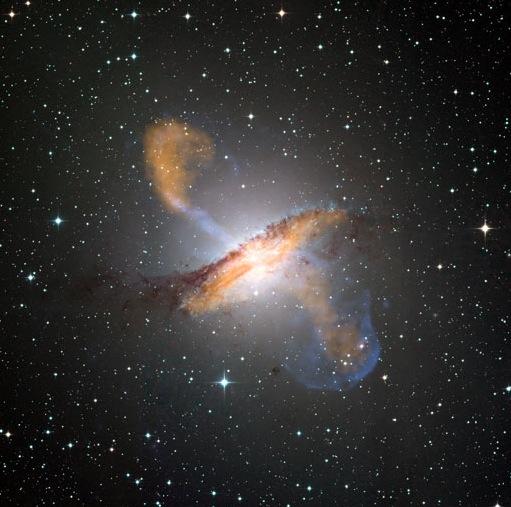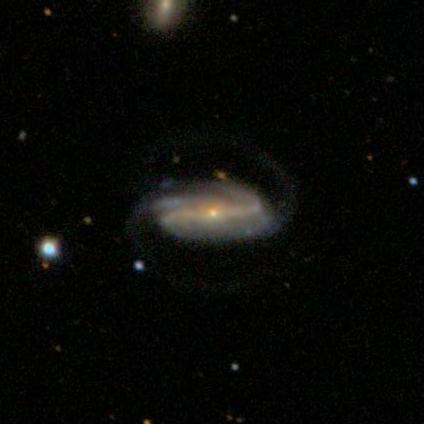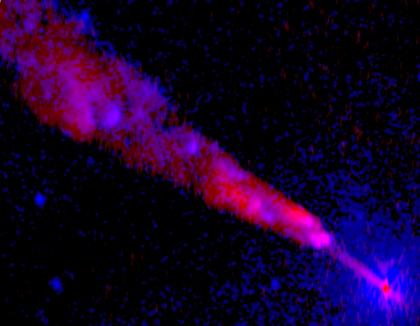Hello all,
there has been a digression of topic in 2 directions. One is on the link between galaxy rotation and central black holes and from there into the nature of gravity ....
It is only within a few black hole radii that the effects of general relativity dominate orbits i.e. the innermost stable orbit. Beyond that normal Newtonian mechanics is good enough for a general idea. So now consider what a star feels far (many many radii) from a black hole at the center of the Milky Way. (I'll use our galaxy because I can remember the numbers). The central black hole is about a million solar masses, and acts as a point mass, around that is the central bulge of the galaxy with about 30 million solar masses. For a distant star this too would act like a point mass, and would produce 30 times the gravity force (Force gravity goes as Mass) from the black hole.
Generally once you are away from an object or collection of objects, the gravity rules act as if the object is a point mass and you have Keplerian orbits with the orbital velocities decreasing as 1/r (r=radius from center). So at some point once you are outside most of the mass of the galaxy you would expect the velocities to decrease as 1/r. In fact the velocities don't, throughout most of the galaxy the velocities are roughly constant. This holds at long distances from the center. Explaining this is easy; you are still within the body of galaxy; inside the mass distribution. However, the visible stars, dust gas etc is not enough to explain the flat rotation curve especially way at the edges of the visible galaxy. Hence dark matter or a modified version of gravity at long distances (eg MOND).
Every measurement so far has the mass of the central black hole as a small fraction of the mass of the galaxy; hence for the most part it can be ignored.
Close up ignoring a black hole is "nuts".
Not all black holes create extreme tidal effects near them. These are described as turning astronauts into spaghetti etc.
For stellar mass black holes, the tides are extreme. Near the Swartzchild radius the "difference in gravity force" (= tide) between the feet and head of a human ("standing up") is like trying to do chin-ups with the weight of 10 million people hanging onto your feet. Sorry couldn't resist the analogy.
But near a 10 million solar mass black hole the tides (differences in gravity) are much less and our "astronut" would easily remain intact and be able to do chin-ups all the way to the event horizon. The reason is tides go as 1/(r*r*r) and the radius of a black hole goes up as its mass. So a 10 million mass black hole is million times the radius of a 10 solar mass black hole but produces 1/(millionxmillionxmillion)th less tidal stress on our "astronut". Continuing the analogy, our "astronut" experiences only 1/(million x million)th of the weight of the average human rather than 10 million times the weight. ......... No sweat, if you can do normal chin-ups.
So 2 sorts of gravitational extreme effects (GR and tides) are limited to close to the black hole and don't affect the galaxy as a whole.








